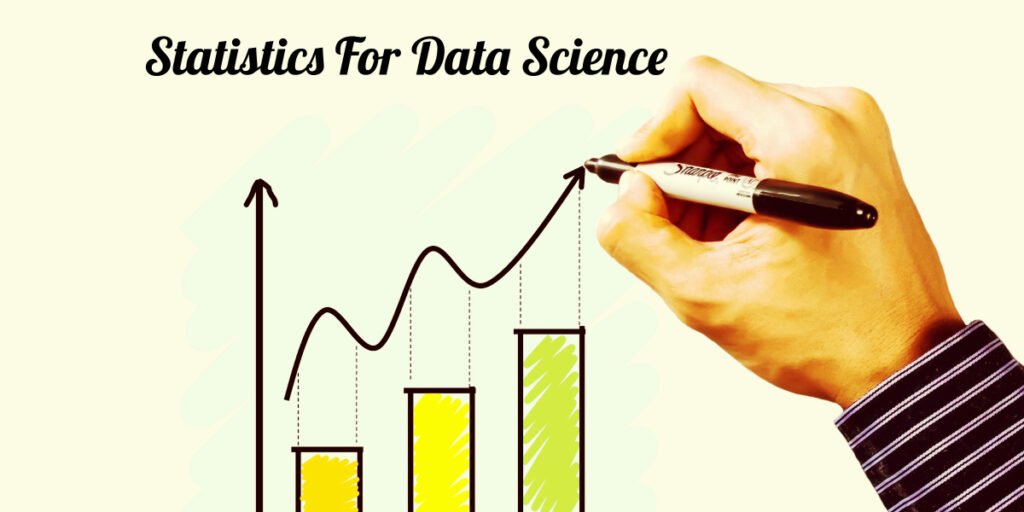
Course 4
Statistics for Data Science
This course provides an in-depth understanding of statistical methods, focusing on their application in data science. Students will learn fundamental and advanced statistical techniques for analyzing data and drawing meaningful conclusions. Emphasis will be placed on the use of statistics to guide decisions based on real-world data.
Week 1
Introduction to Statistics and Descriptive Statistics
- Overview of statistics in data science.
- Measures of central tendency (mean, median, mode) and dispersion (variance, standard deviation, range).
- Data types and scales of measurement: nominal, ordinal, interval, and ratio.
- Data visualization techniques: histograms, box plots, and bar charts.
Week 2
Probability Theory and Distributions
- Basics of probability theory: probability rules, events, and outcomes.
- Common probability distributions: Normal, Poisson, Binomial, and Exponential distributions.
- Understanding the Central Limit Theorem and its implications.
Week 3
Inferential Statistics and Hypothesis Testing
- Confidence intervals and their interpretation.
- Hypothesis testing: null hypothesis, alternative hypothesis, p-values, and significance levels.
- Types of tests: t-tests, chi-square tests, and ANOVA.
Week 4
Correlation and Regression Analysis
- Understanding correlation: Pearson’s correlation coefficient and Spearman’s rank correlation.
- Simple linear regression: model fitting, interpretation of coefficients, and prediction.
- Multiple linear regression: multiple predictors and model diagnostics.
Week 5
Statistical Models and Their Applications
- Logistic regression for binary outcomes.
- Exploring advanced statistical models: time series analysis, survival analysis.
- Model validation: cross-validation, AIC, BIC, and residual analysis.
Week 6
Final Project: Data Analysis and Statistical Modeling
- Apply statistical methods to a real-world dataset.
- Use hypothesis testing, regression, and other techniques to answer business or research questions.
- Communicate results with appropriate statistical reasoning and visuals.
